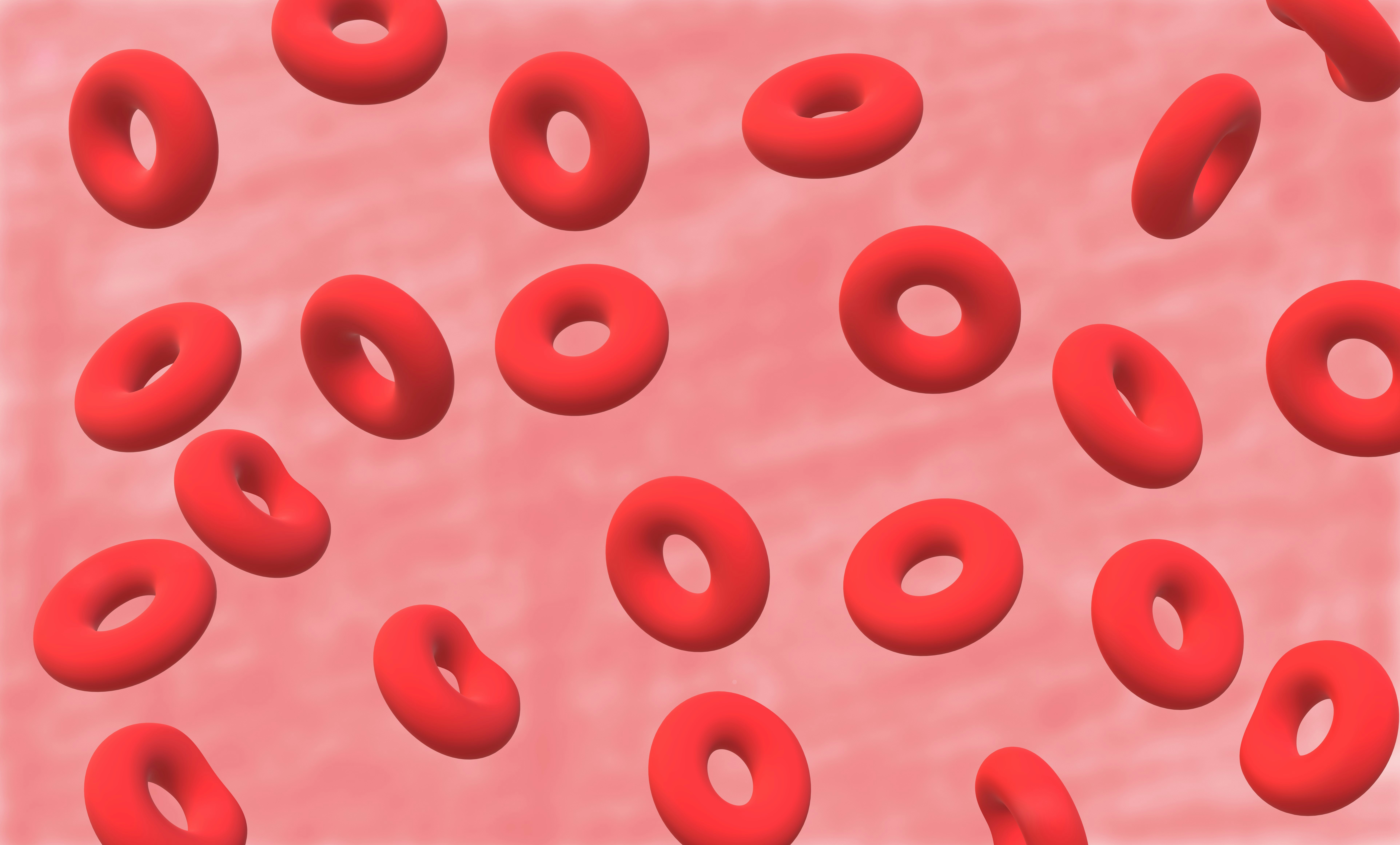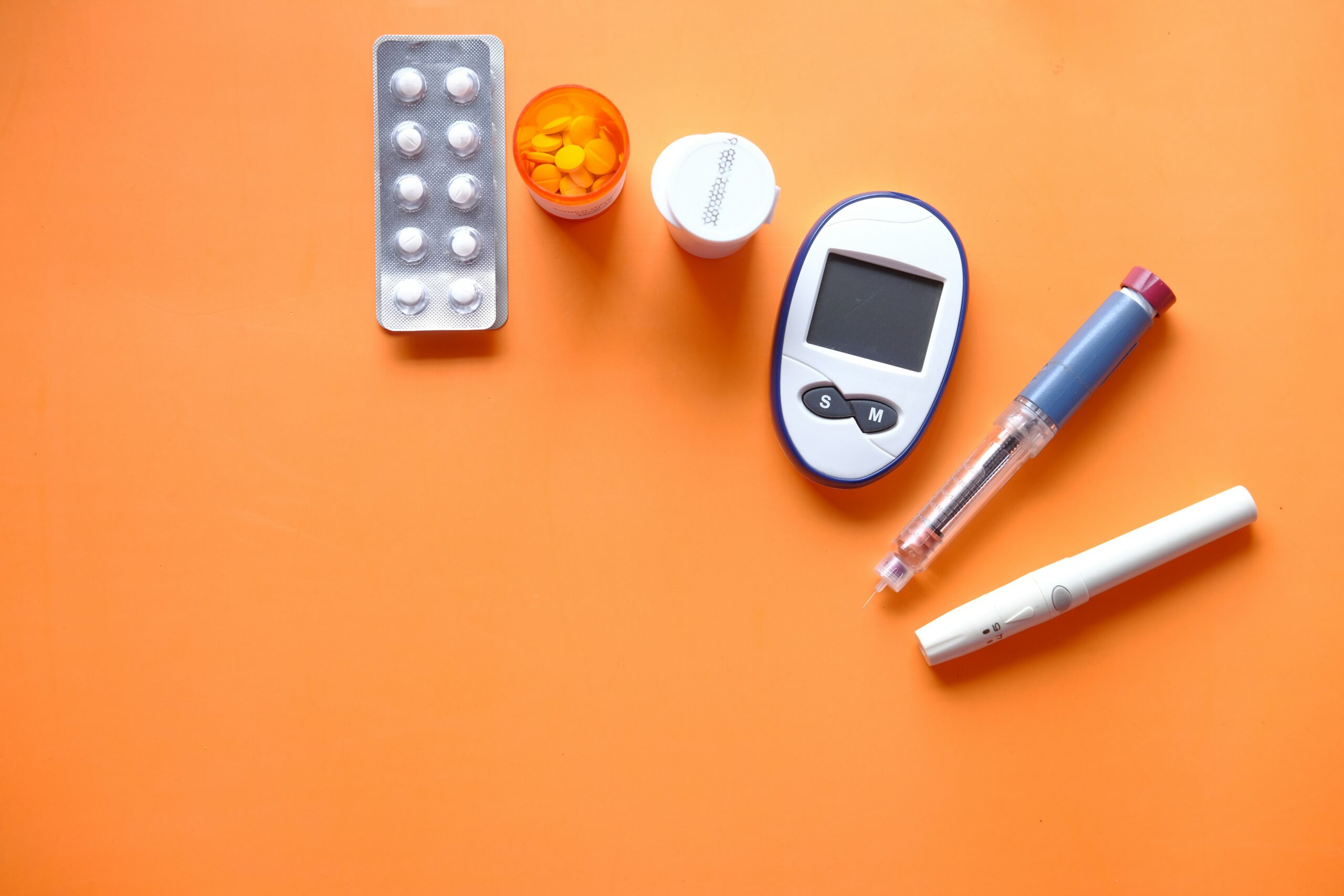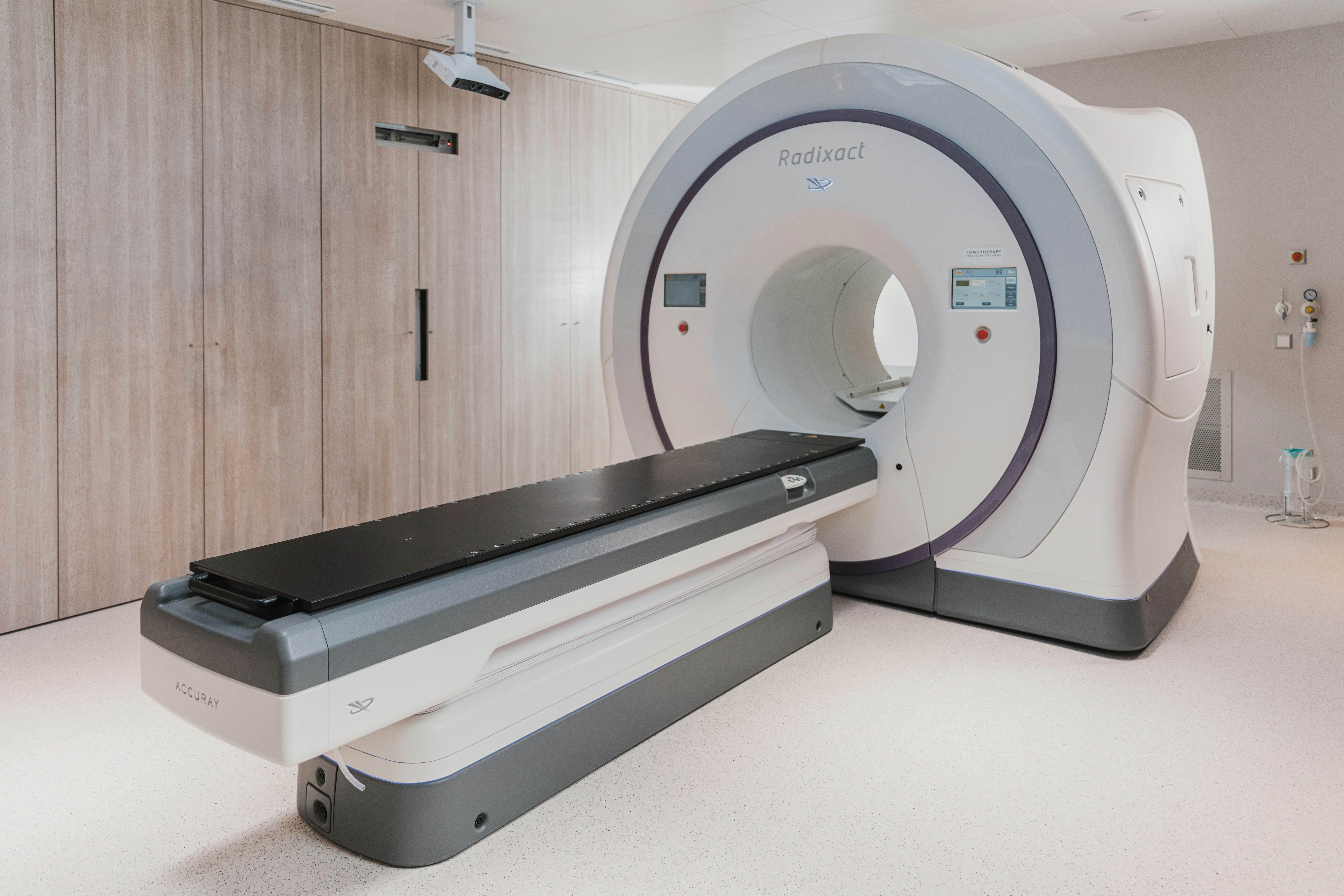Capillaries are minor blood vessels exceptionally noteworthy for the circulatory framework. They carry blood from courses to veins; one needs a magnifying lens to see them since they are so tiny. Despite their measure, their part is critical as they help exchange supplements and gasses and squander between our body's tissues and the blood.
The walls of these little vessels are lean, having a single layer of cells. This matters significantly since it permits distinctive substances to move through the walls less quickly. Oxygen and nutrients can move rapidly through to feed the encompassing tissues. In contrast, carbon dioxide and metabolic waste are expelled from the tissues and taken absent by blood circulation.
Numerous capillaries are spread near each other all through the body, guaranteeing that each cell is near an arrangement of these modest blood vessels. This broad framework of capillaries helps convey basic materials to all zones of tissues and organs, keeping up their legitimate work.
Capillaries are vital in controlling blood flow and keeping weight steady. Their lean dividers permit them to extend or contract, controlling how blood is conveyed throughout the body. This guarantees that each region gets suitable blood according to its vitality needs.

Capillaries play crucial roles in maintaining legitimate well-being and working. They help trade supplements, exchange gases, evacuate wasted items and direct bloodstream amounts.
Capillaries fundamentally work to move supplements. Their dividers are slim, letting glucose, amino acids, and vitamins pass from the blood into nearby tissues. This method guarantees cells the fundamental nourishment to make vitality, develop, and repair themselves.
Capillaries, moreover, have a significant work in trading gasses. Oxygen voyages from the blood and passes through capillary dividers into the encompassing tissues. Cells utilize oxygen to produce vitality through a handle known as cellular breath. In the interim, carbon dioxide, the squandered item shaped amid the digestion system inside these cells, exchanges to little blood vessels to be removed from the body when we breathe in our lungs.
Capillaries, moreover, play a significant part in expelling waste. Substances such as carbon dioxide, which cells deliver when they work, are transported out of the tissues by blood and carried to organs like the lungs or kidneys for disposal. Little blood vessels help evacuate waste from the body viably, guaranteeing that cells work legitimately and maintain a steady inner environment.
Moreover, small blood vessels are fundamental for controlling the flow and weight of blood![]() . They get smaller or bigger in reaction to different jolts, such as changes in vitality requests or hormone signals. Hence, they assist in controlling blood dissemination around the body. This direction guarantees that the blood supplied to body tissues is adequate and custom-fitted to their particular vitality prerequisites, supporting cell work at ideal levels and enhancing the effectiveness of the whole body's frameworks.
. They get smaller or bigger in reaction to different jolts, such as changes in vitality requests or hormone signals. Hence, they assist in controlling blood dissemination around the body. This direction guarantees that the blood supplied to body tissues is adequate and custom-fitted to their particular vitality prerequisites, supporting cell work at ideal levels and enhancing the effectiveness of the whole body's frameworks.
The minor vessels that carry blood in our bodies are imperative. They help swap supplements and gases, move waste materials, and direct the bloodstream. The activities of these little blood channels are critical in keeping the cells in great condition, guaranteeing that body tissues stay vigorous and maintain a steady balance within the body's operations.
Capillaries come in different sorts, each with one-of-a-kind characteristics that suit particular body capacities. The most common categories are continuous capillaries, fenestrated capillaries, and irregular or sinusoidal capillaries.
Ceaseless Capillaries![]() are commonly found all through the body. Their structure incorporates endothelial cells closely associated by tight intersections, shaping a continuous tube. Little crevices known as intercellular clefts exist between near endothelial cells, permitting small particles and water to pass by. Ceaseless capillaries are frequently found where controlling what passes through the capillary divider is essential, like in muscles and brain tissue.
are commonly found all through the body. Their structure incorporates endothelial cells closely associated by tight intersections, shaping a continuous tube. Little crevices known as intercellular clefts exist between near endothelial cells, permitting small particles and water to pass by. Ceaseless capillaries are frequently found where controlling what passes through the capillary divider is essential, like in muscles and brain tissue.
Capillaries with fenestrations, or modest openings in their endothelial cells, have more penetrable dividers. This permits liquids and large molecules like proteins to pass through more rapidly. Capillaries with little gaps, known as fenestrated capillaries, are commonly found in body zones where quick sifting or retention of substances is fundamental. These areas contain the kidney locale, inside the insides, and in organs that deliver hormones.
Spasmodic capillaries, known as sinusoidal ones, have an exciting construct where the cells on the interior lining are not normal, and there are critical holes in between. This permits both minor molecules and more monster cells with proteins to move through. Capillaries that don't have an unbroken structure are commonly found in parts of the body where sifting blood, holding it, or quick substance trade is vital; such ranges incorporate the liver, bone marrow, and spleen.
Different therapeutic conditions can influence the modest blood vessels known as capillaries, affecting their structure and work. Issues incorporate capillaries that are as well delicate, allowing liquids to spill too much and develop abnormally.
Capillary fragility![]() occurs when minor blood vessels, called capillaries, become weak and are inclined to break and spill. This slightness can happen if supplements are insufficient, especially vitamin C and bioflavonoids, which play noteworthy parts in keeping up the strength of the vessel dividers. If individual bruises rapidly, take note of little ruddy or purple spots on their skin and drain for an amplified period after minor wounds; these may demonstrate delicate blood vessels.
occurs when minor blood vessels, called capillaries, become weak and are inclined to break and spill. This slightness can happen if supplements are insufficient, especially vitamin C and bioflavonoids, which play noteworthy parts in keeping up the strength of the vessel dividers. If individual bruises rapidly, take note of little ruddy or purple spots on their skin and drain for an amplified period after minor wounds; these may demonstrate delicate blood vessels.
Capillary leak syndrome is uncommon when fluids and proteins inadvertently move out of modest blood vessels into encompassing tissues. This spillage can lead to swelling, edema, and a decrease in the volume of blood flowing inside the body, or hypovolemia. People enduring this condition can have puffy arms and legs, lower blood pressure, and breathing troubles. Capillary spill disorder can be related to other health complications such as diseases, ailments where the resistant framework turns against its body, or certain medicines.
Minor blood vessel distortions, also known as vascular skin colorations or fair pigmentations, occur due to the inappropriate improvement of tiny blood vessels within the skin or elsewhere within the body. They show up as red or purple patches on the skin and are commonly referred to as port-wine stains or strawberry hemangiomas. Various modest malformations in blood vessels are not hurtful and show no signs. However, some might cause concerns concerning appearance or, on uncommon events, lead to issues such as dying or ulcers.
Moreover, systemic sicknesses such as diabetes and hypertension can impede the work of capillaries. Delayed diabetes raises blood sugar levels, harming these little vessels and discouraging legitimate blood circulation, harming different organs. Also, when somebody has hypertension and their blood weight rises too much, it can create intemperate strain on the delicate dividers of the capillaries. This circumstance might lead to troubles in working accurately and increase the risk of harming little blood vessels and causing harm to body organs.

Specialists commonly utilize a combination of understanding examination, restorative history survey, and specialized tests to identify issues in little blood vessels. They use different strategies to survey the work of these little vessels and recognize any problems by conducting physical examinations, imaging internal structures, and analyzing tests in a research facility.
A way to discover issues with modest blood vessels includes an intensive therapeutic examination. Specialists may assess the skin for signs of abnormal little vessels, such as flush or purple marks. They may moreover seek for signs of delicate blood vessels, such as bruising with slight exertion or minor ruddy marks on the skin. Revelations made amid a physical examination can offer valuable clues concerning issues with little blood vessels and help decide which extra tests should be conducted.
Doctors may utilize different imaging strategies, such as ultrasound or MRI, to monitor small blood vessels and their function. These strategies successfully detect issues within the vessel engineering or adjacent ranges.
Research facility tests can help check the workings of capillaries and identify any medical issues that may be influencing their operation. Blood examinations, which incorporate checking distinctive blood cell sorts, surveying the speed of blood clotting, and looking for signs of aggravation or immune system disarrangements, can give noteworthy data about the circulatory system's status and potential reasons for unusual capillary behavior.
Specialists regularly use particular examinations to survey the workings of small blood vessels. Capillaroscopy![]() is one such test that involves no torment. Employing a camera instrument permits perception of the miniature blood vessels inside the skin on your fingers or toes. Capillaroscopy is reasonable for watching modifications in little blood vessels, such as when they are more conspicuous or exceptionally turned. It helps in deciding whether an individual has conditions like systemic sclerosis and Raynaud's wonder.
is one such test that involves no torment. Employing a camera instrument permits perception of the miniature blood vessels inside the skin on your fingers or toes. Capillaroscopy is reasonable for watching modifications in little blood vessels, such as when they are more conspicuous or exceptionally turned. It helps in deciding whether an individual has conditions like systemic sclerosis and Raynaud's wonder.

Managing issues in small blood vessels frequently requires a blend of approaches that target the driving causes, oversee side effects, and make all the vessels healthier. The treatment approach may vary depending on what's causing these minor vessel issues and each person's particular needs. Treatment modalities incorporate lifestyle adjustments, drugs, negligibly intrusive methods, and steady treatments.
Changing one's lifestyle is crucial for tending to issues with minor blood vessels and maintaining well-being. Therapeutic experts may prompt people to devour nourishments rich in cancer prevention agents, vitamins, and minerals, as they invigorate blood vessel walls and decrease aggravation. Customary workouts benefit blood circulation and keep blood vessels in good condition. In contrast, it is vital to maintain a strategic distance from smoking tobacco or consuming intemperate liquor to preserve solid blood vessels.
Physicians can prescribe medication to help with side effects and address vital issues affecting minor blood vessels. For instance, they could administer solutions anticipating the clustering of platelets or ones that weaken the blood to diminish clot dangers. Specialists may also endorse medicine to extend your blood vessels, helping progress circulation and reducing torment or death due to poor blood flow.
Doctors may prescribe less forceful approaches for treating minor blood vessel issues, such as capillary irregularities or widened veins. They might utilize laser methods, infusions, or exact surgical techniques to improve the appearance and function of the influenced vessels.
Supportive therapies are helpful when combined with restorative medicines to make strides in the well-being of blood vessels. It is regularly prescribed that compression socks be worn or bandaged for compression to improve the circulation in veins and decrease swelling related to conditions such as constant venous inadequacy or liquid maintenance caused by lymphedema. Physical and word-related treatment can progress development, reinforce muscles, and increase exercise freedom for people with incapacities due to issues with their blood vessels.
Addressing capillary issues requires a comprehensive arrangement that centers on the fundamental causes, manages symptoms, and enhances the well-being of blood vessels. Way of life modifications, medicine utilization, minor surgical strategies, and steady treatments are pivotal for moving forward outcomes in people battling with their capillaries.